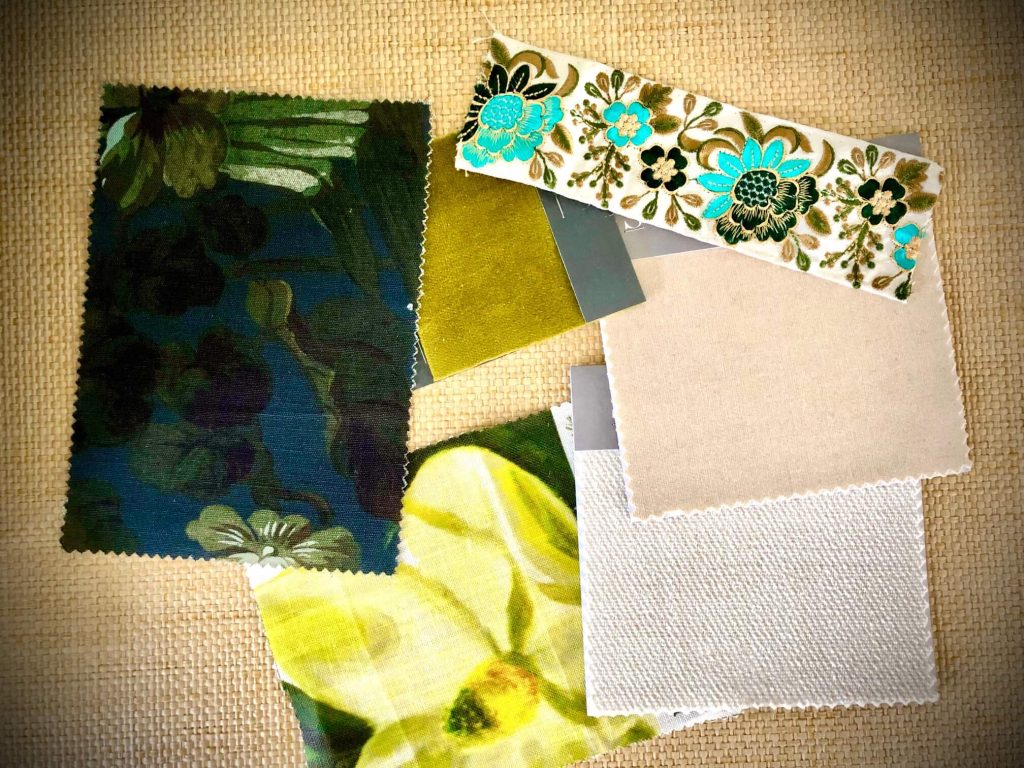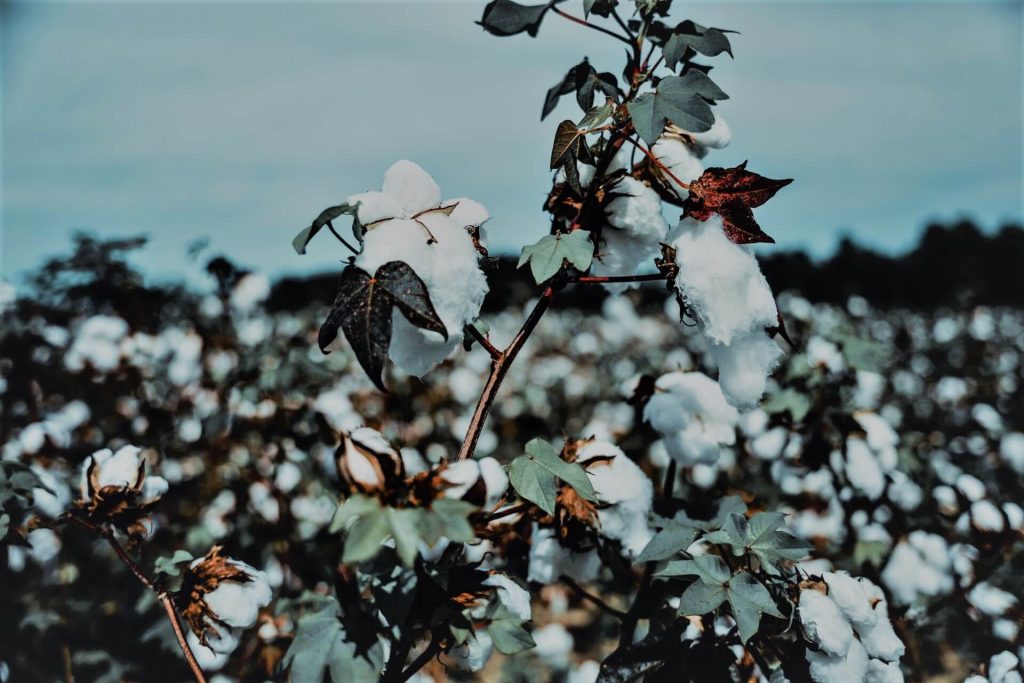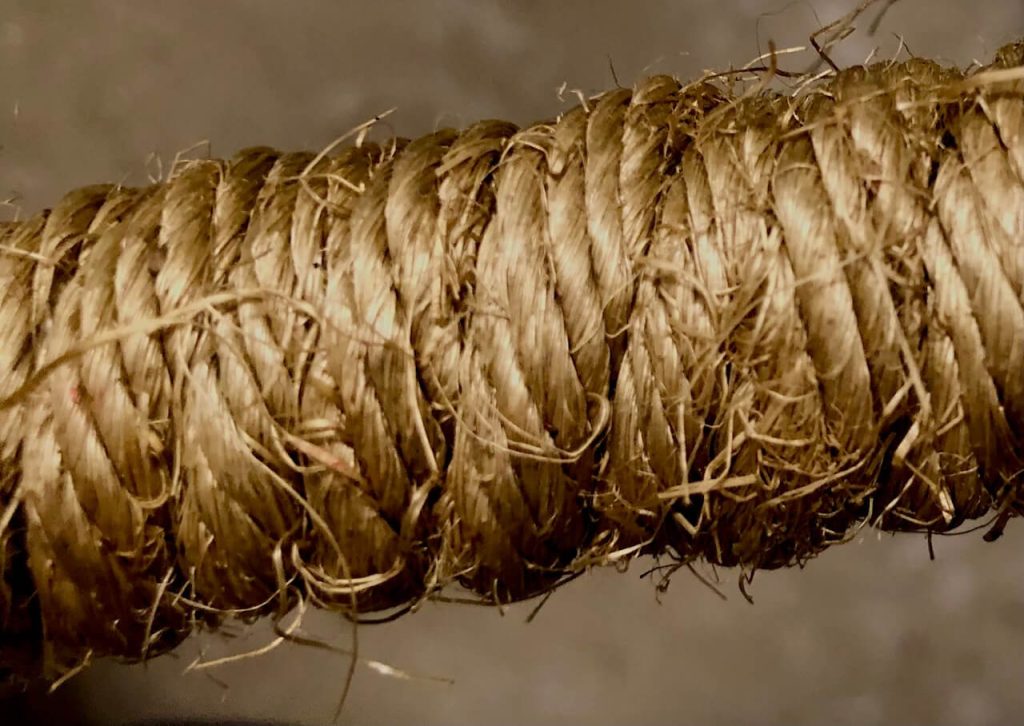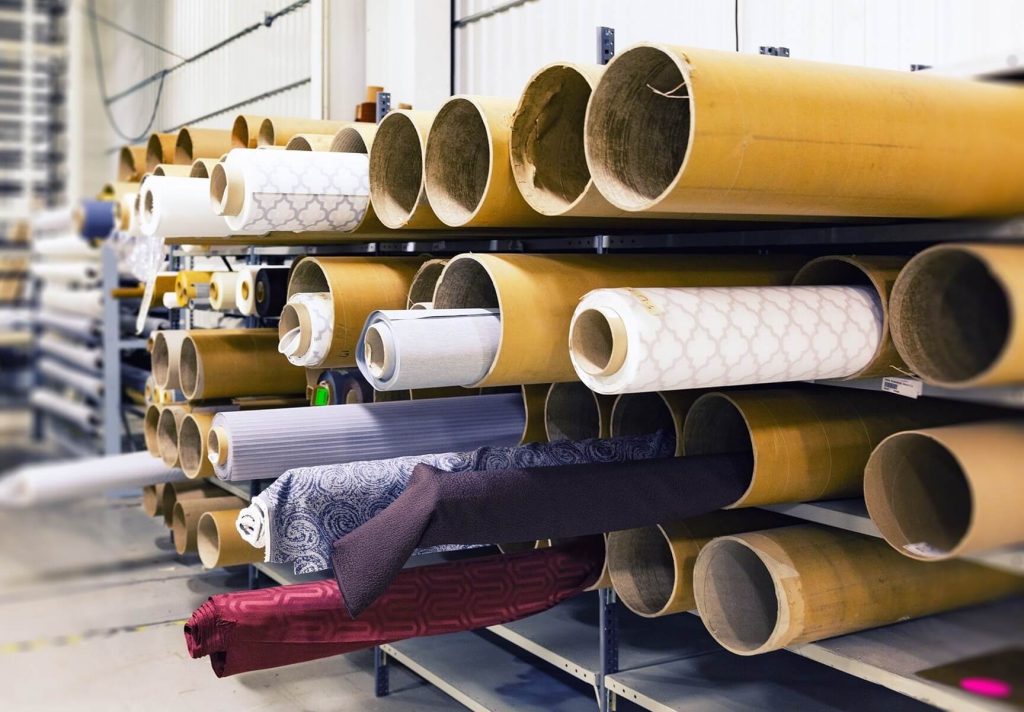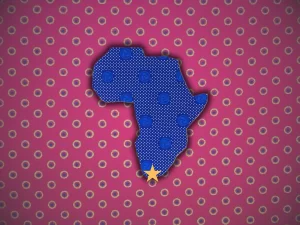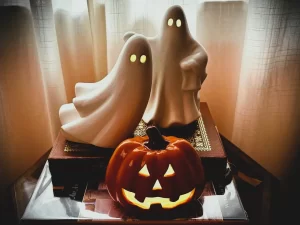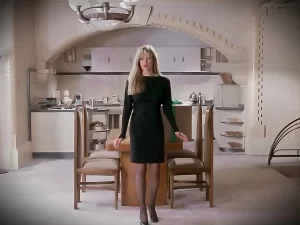Textiles have long been used for the home. In the Middle Ages, when furniture was scarce, intricately woven tapestries served both a decorative and practical function. At a time when the European nobility was highly mobile, tapestries were easily rolled up and carried along to hang on the next clammy castle wall for insulation. Even today, nomadic cultures such as those of the Eurasian Steppe and Central Asia still create and value their textiles.
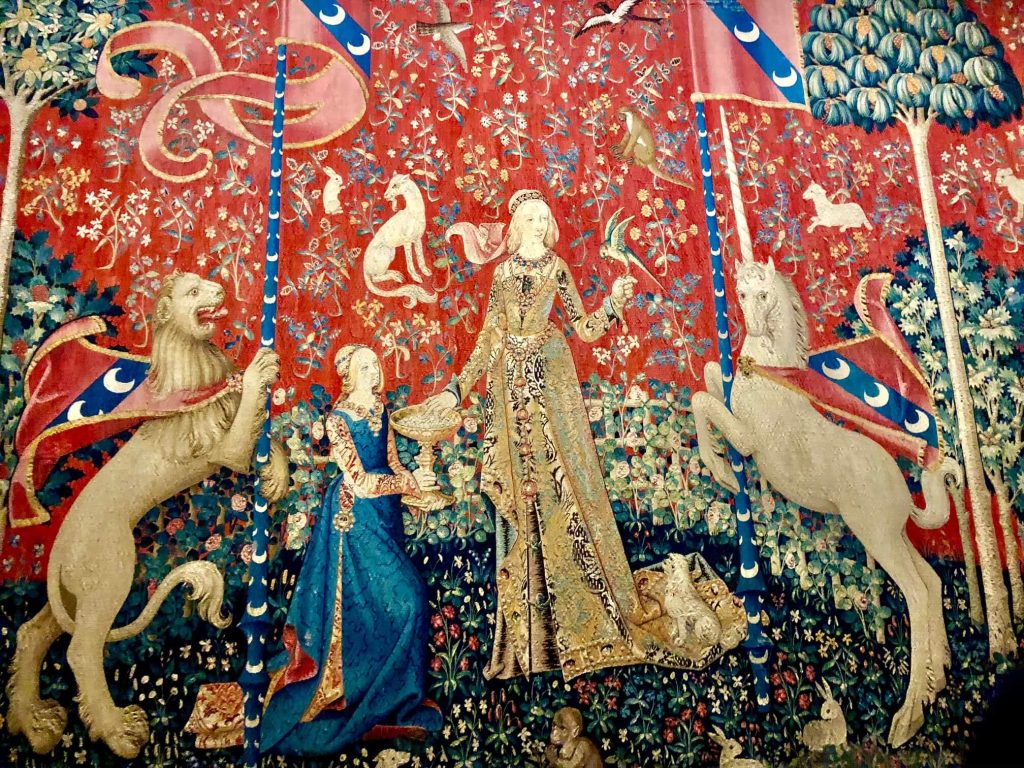
Indeed, before interior design was a profession, it was the upholsterer who decorated the home. In fact, the upholsterer’s art was so highly prized that architects were relegated to secondary status in the creation of dazzling interiors.
These days, textiles still play a critical role in interior design–though in the last 15 years their profile has in some instances taken a back seat to furniture and architectural features. But you cannot beat the comfort provided by textiles, and they will always be an important element of creating an enjoyable home.
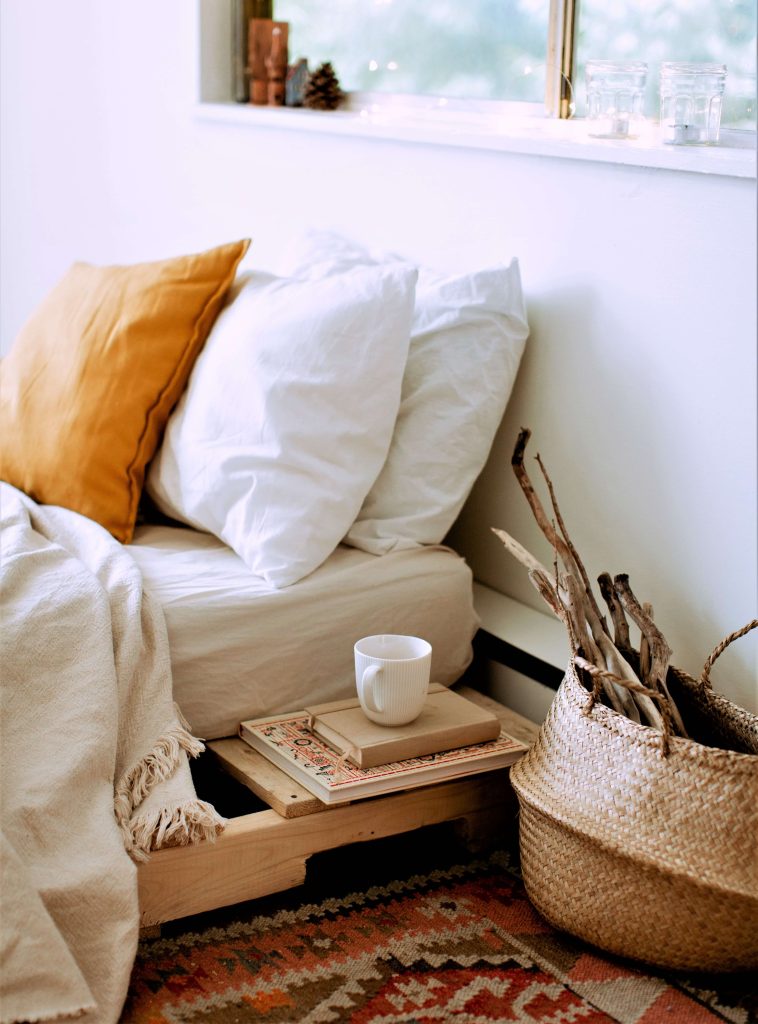
This blog post will be the first in a series that explores the properties of textiles for use in the home. A sort of “Home Textiles 101,” if you will. Let’s begin at the most basic level.
What is a Textile?
From the sheets on your bed to the covering on your sofa, textiles are all around you. So, then, does that mean a textile is just fabric? Well, not necessarily…
The word textile is derived from the Latin word texere, “to weave.” While the word “textile” was once used for woven fabrics, it now serves as an umbrella term to describe fibers, yarns, cloths, and fabric.
For the purposes of this blog, however, let’s keep things simple and use the word “textile” to describe fabrics made from fibers.
What is a Fiber?
Fibers are the most fundamental element used to produce textiles. The selection of the right fibers is critical to the manufacture of the best fabrics! But what is a fiber?
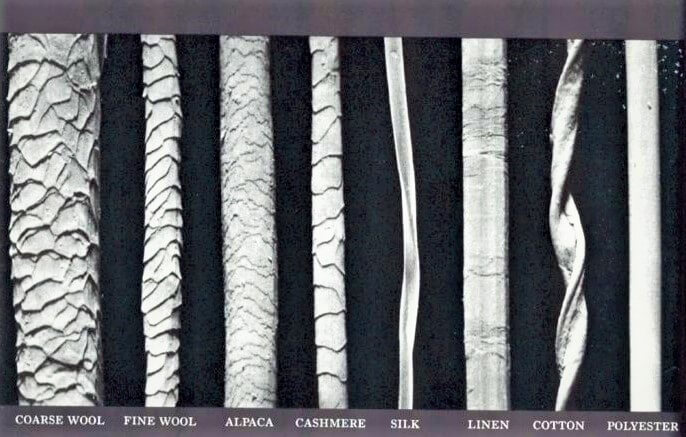
Fibers are defined as being material structures which are much longer than they are wide. Consider a strand of hair, for example. You will notice that the width of a single hair if much, much shorter than it is long. Of course, hair is a fiber!
Yet, fibers can come from a variety of sources, either natural or synthetic. Natural fibers are derived from natural sources (naturally!), whereas synthetic fibers are manufactured by humans.
Natural fibers include those made from plants–like cotton, linen, or hemp—or those collected from animals–such as wool or silk. Synthetic fibers can also be derived from plants–as in rayon, modal, and lyocell—or they can be petrochemicals (polyester, polyamides, acrylics).
Fibers are further classified either as staple fibers or filaments. Staple fibers are those of shorter length, and multiple staple fibers are combined together to create long strands, called yarns. For example, a jute rope is made from multiple yarns that are twisted together. But each yarn is in turn made of multiple fibers harvested from the jute plant. When you bend a jute rope, you can easily see the ends of the jute staple fibers poking out.
On the other hand, a filament is a long, continuous fiber. So long, in fact, that most filaments can only be produced synthetically. Silk is the only natural fiber that qualifies as a filament.
From Fiber to Fabric
As mentioned above, many individual fibers are interlocked to produce a single yarn. These yarns can then be plied together, or used singly, to be woven into fabrics.
These fabrics, in turn, are then used to cover your chairs and sofas, carpet your floors, and block harsh sunlight streaming into your windows.
But let’s stop here for now. In the next post in this series, I will explore fabrics further.

